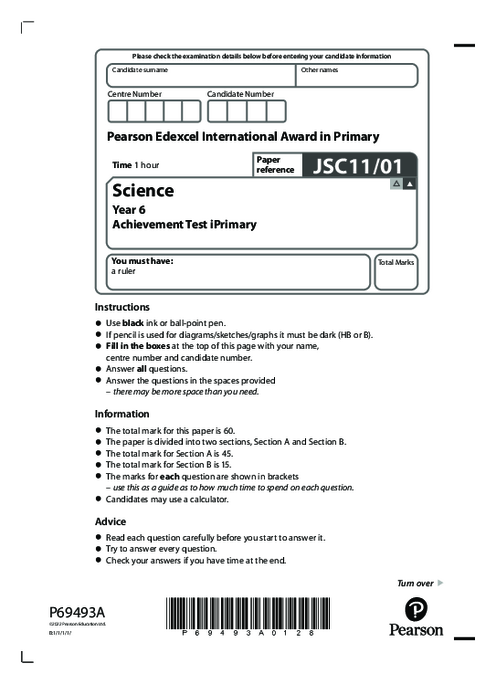Science JSC11,01 October 2022
Laura Bellini
1. States of Matter and Changes – Melting, evaporation, dissolving substances in water, and separating mixtures using filtration and condensation.
2. Electricity and Circuits – Motor direction in circuits, impact of voltage on components, and recognizing correct circuit symbols.
3. Forces and Motion – Gravity’s effect on moving objects, water resistance in swimming, friction on icy roads, and air resistance in falling parachutes.
4. Ecosystems and Adaptations – Food chains, predator-prey relationships, plant adaptations to desert and rainforest habitats, and seed dispersal mechanisms.
5. Human Biology and Microorganisms – Role of the heart in circulation, breathing vs. respiration, identifying vertebrate groups, and food hygiene precautions.
6. Scientific Investigations and Data Interpretation – Measuring mass and time in experiments, analyzing breathing rate graphs, conducting fair tests, and improving experimental reliability.
See More Paper 1 10 months ago
Science(JSC) Subject directory
All resources in one place
Related Past Papers
Related Tutorials
Crash report
